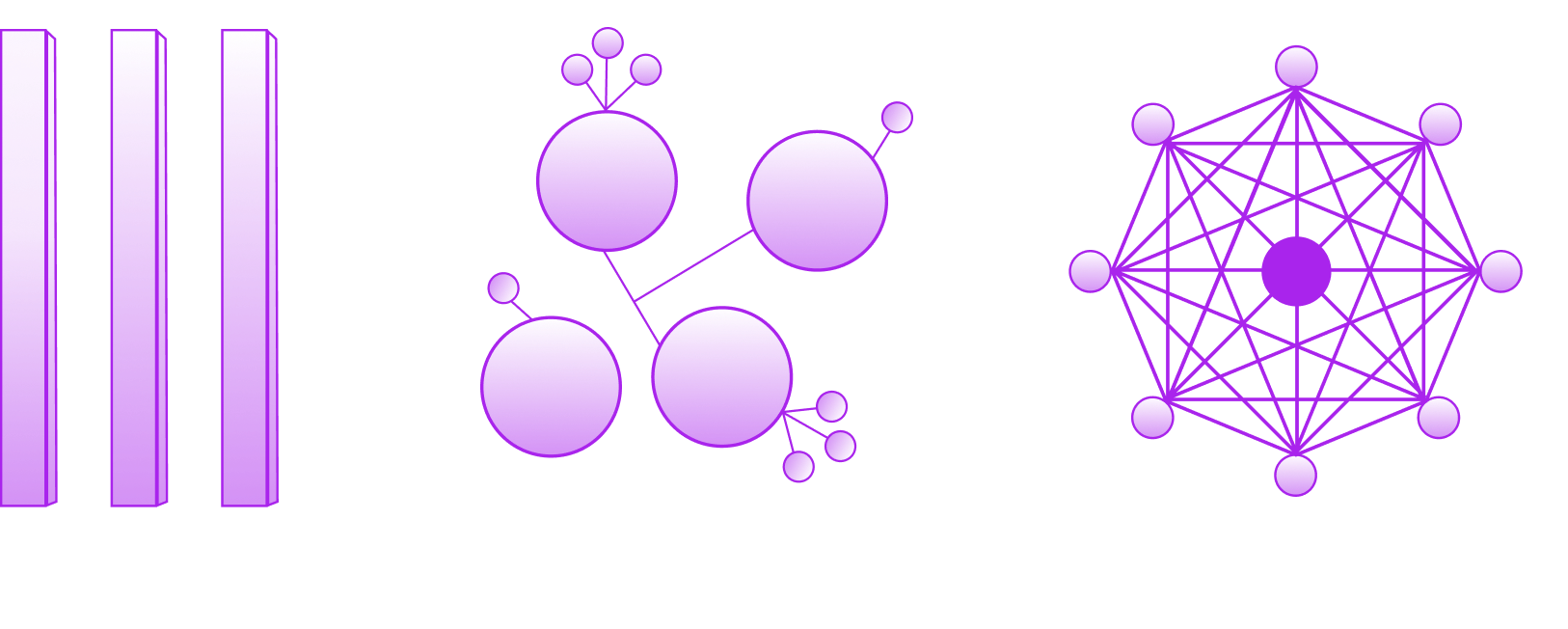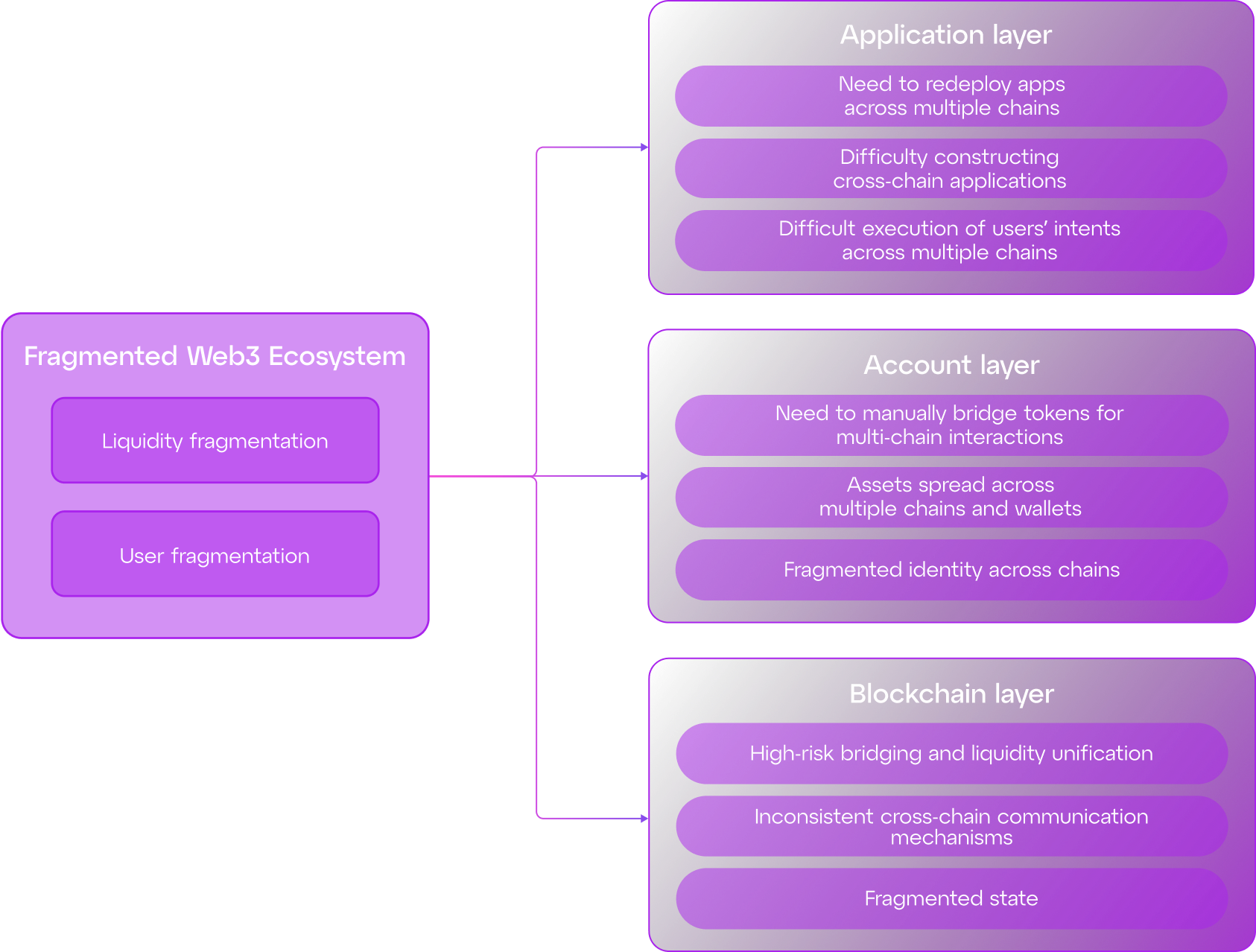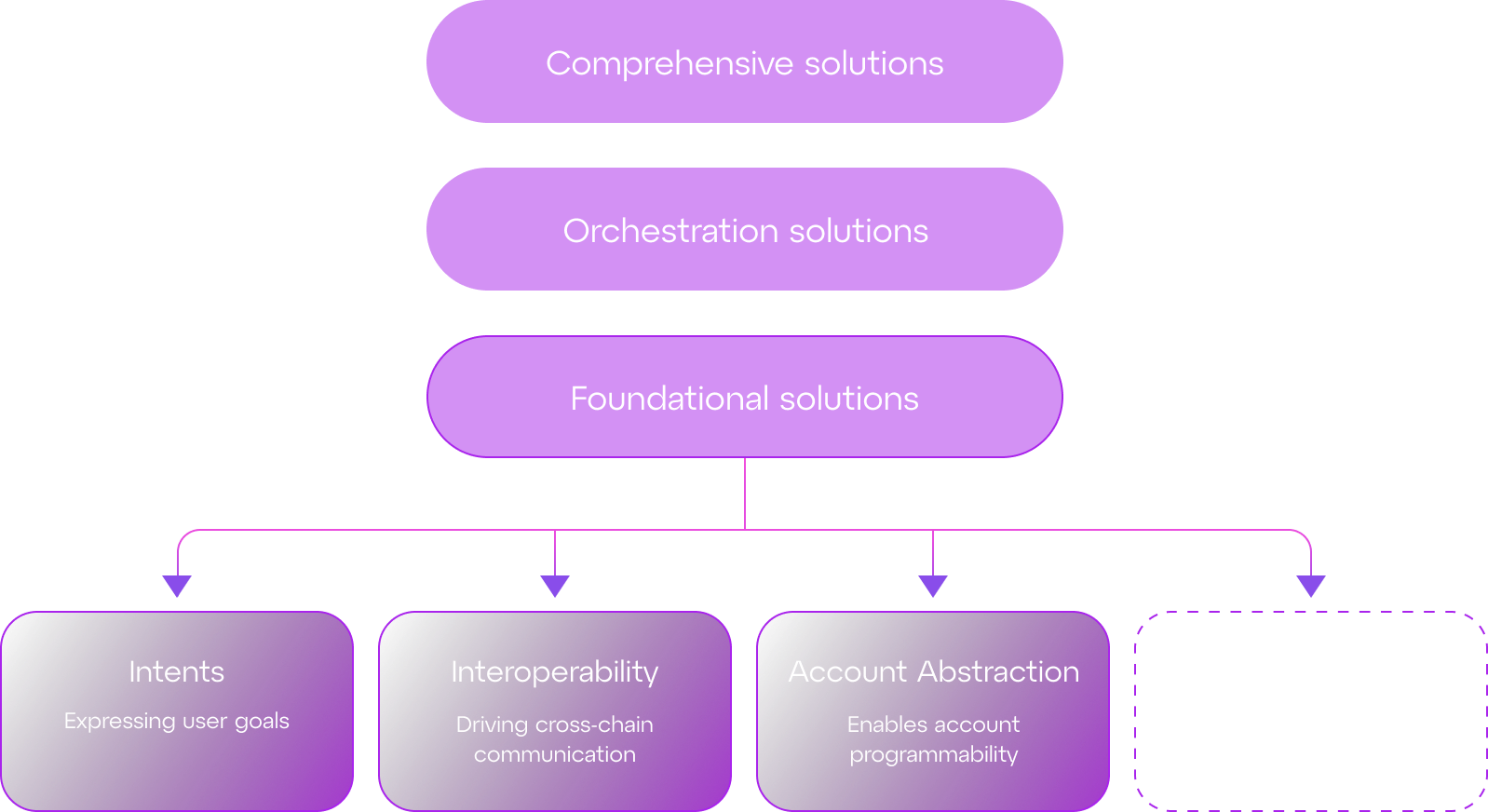
Web3 has evolved significantly in the past few years.
Scalability is almost a need of the past. We’ve gone from an ecosystem of monolithic, siloed networks to a modular landscape of highly abundant blockspace, with hundreds of L2s and application-specific blockchains.
Meanwhile, Web3’s user-facing technologies have grown as well. Applications can now cultivate friendlier user experiences thanks to account abstraction, wallets tied to social logins, and improved ecosystem-wide wallet interoperability.
As a result of both above developments, building sustainable and scalable dApps has become easier—and a more pressing need—than ever.
Yet, as these innovations have emerged, one problem has grown across the industry: the fragmentation of users and liquidity across chains.

In a Web3 that embraces chain abstraction, users can simply interact with any application. More importantly, they can do so without paying attention to infrastructural details, such as dApps’ underlying blockchains.
This is akin to Web 2.0, where applications process high volumes of data without users’ explicit knowledge. Consequently, a chain-abstracted experience requires cross-chain asset transfers to happen unbeknownst to users, allowing them to purely interact with the application at hand—not its infrastructure. This naturally extends to an experience where users don’t need to worry about other components of the user experience, like gas payments, the need to swap assets to acquire chain-native assets, etc.
In essence, chain abstraction is all about bringing Web2’s UX simplicity to Web3.
Given that chain abstraction is an experience rather than a specific technology, it is not defined by any singular solution. Rather, it exists as a stack of modular, interoperable technologies that collectively eliminate all manual operations from users’ experience across multiple chains.
This stack comprises:
Collectively, solutions inhabiting the aforementioned layers and categories enable a “total implementation” of chain abstraction, fully removing both users and developers from the confines of specific chains or ecosystems.


Chain abstraction’s technological foundation relies on various infrastructural components, including intent frameworks, interoperability solutions, account abstraction, and so on.
These solutions each independently target one or more manual processes that can be removed from users’ experience via chain abstraction.
Let’s further elaborate on them:




